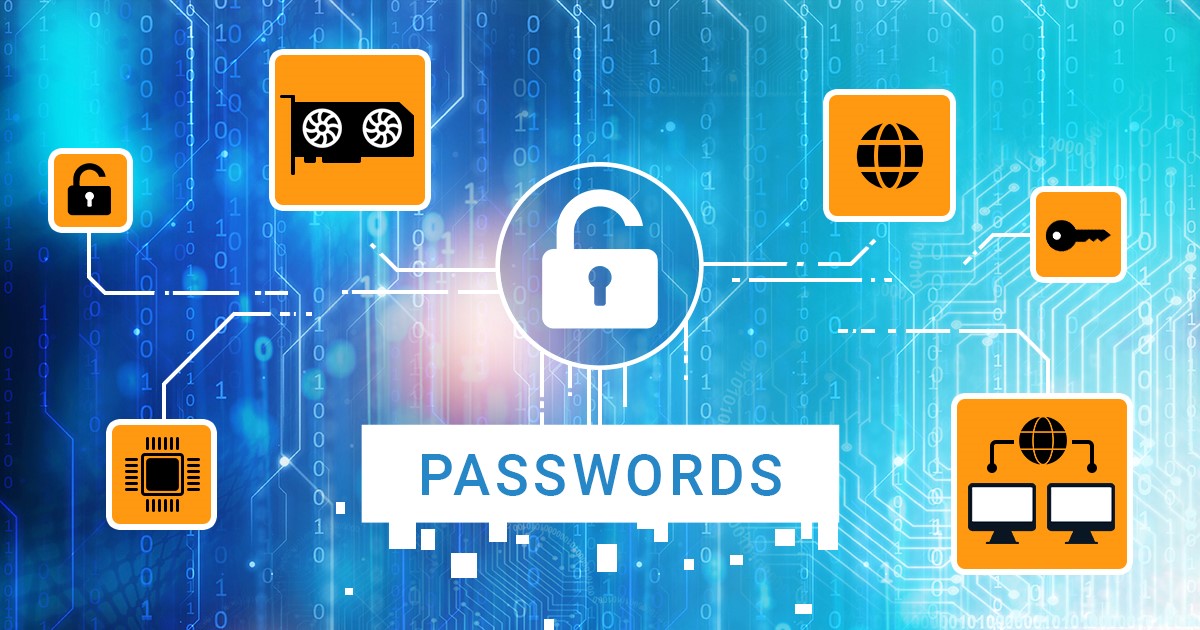We have recently updated Elcomsoft iOS Forensic Toolkit, adding the ability to acquire the file system from a wide range of iOS devices. The supported devices include models ranging from the iPhone 5s through the iPhone X regardless of the iOS version; more on that in iOS Device Acquisition with checkra1n Jailbreak. In today’s update (for both Windows and macOS platforms as usual), we’ve added the ability to extract select keychain records in the BFU (Before First Unlock) mode. We have a few other changes and some tips on extracting locked and disabled devices.
We’ve just announced a major update to iOS Forensic Toolkit, now supporting the full range of devices that can be exploited with the unpatchable checkra1n jailbreak. Why is the checkra1n jailbreak so important for the forensic community, and what new opportunities in acquiring Apple devices does it present to forensic experts? We’ll find out what types of data are available on both AFU (after first unlock) and BFU (before first unlock) devices, discuss the possibilities of acquiring locked iPhones, and provide instructions on installing the checkra1n jailbreak. (more…)
bootrom exploit, chackra1n, ECX, EIFT, Elcomsoft Cloud Explorer, Elcomsoft iOS Forensic Toolkit, Elcomsoft Phone Breaker, Elcomsoft Phone Viewer, EPB, EPPB, EPV, file system acquisition, jailbreak, keychain, physical acquisition
The release of macOS Catalina brought the usual bunch of security updates. One of those new security features directly affects how you install Elcomsoft iOS Forensic Toolkit on Macs running the new OS. In this guide we’ll provide step by step instructions on installing and running iOS Forensic Toolkit on computers running macOS 10.15 Catalina. Note: on macOS Catalina, you must use iOS Forensic Toolkit 5.11 or newer (older versions may also work but not recommended).
When you perform Apple iCloud acquisition, it almost does not matter what platform to use, Windows or macOS (I say almost, because some differences still apply, as macOS has better/native iCloud support). Logical acquisition can be done on any platform as well. But when doing full file system acquisition of jailbroken devices using Elcomsoft iOS Forensic Toolkit, we strongly recommend using macOS. If you are strongly tied to Windows, however, there are some things you should know.
The iOS 12.4 jailbreak is out, and so is Elcomsoft iOS Forensic Toolkit. Using the two together, one can image the file system and decrypt the keychain of iPhone and iPad devices running most versions of iOS (except iOS 12.3 and and the latest 12.4.1, but 12.4 is still signed right now).
The Screen Time passcode (known as the Restrictions passcode in previous versions of iOS) is a separate 4-digit passcode designed to secure changes to the device settings and the user’s Apple ID account and to enforce the Content & Privacy Restrictions. You can add the Screen Time passcode when activating Screen Time on a child’s device or if you want to add an extra layer of security to your own device.
EIFT, Elcomsoft iOS Forensic Toolkit, Elcomsoft Phone Breaker, Elcomsoft Phone Viewer, EPB, EPV, iCloud backup, iOS, iPhone, iTunes backup, password, restrictions, Screen Time
By this time, seemingly everyone has published an article or two about Apple re-introducing the vulnerability that was patched in the previous version of iOS. The vulnerability was made into a known exploit, which in turn was used to jailbreak iOS 12.2 (and most previous versions). We’ll look at it from the point of view of a forensic expert.
When it comes to mobile forensics, experts are analyzing the smartphone itself with possible access to cloud data. However, extending the search to the user’s desktop and laptop computers may (and possibly will) help accessing information stored both in the physical smartphone and in the cloud. In this article we’ll list all relevant artefacts that can shed light to smartphone data. The information applies to Apple iOS devices as well as smartphones running Google Android.
desktop forensics, ECX, EIFT, EINPB, Elcomsoft Cloud Explorer, Elcomsoft Internet Password Breaker, Elcomsoft Phone Breaker, Elcomsoft Phone Viewer, EPB, EPPB, Mobile forensics


